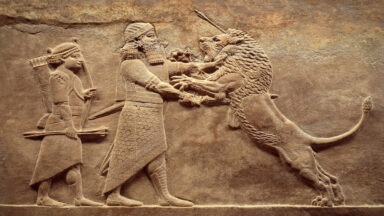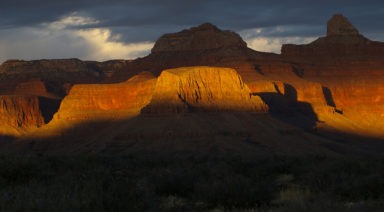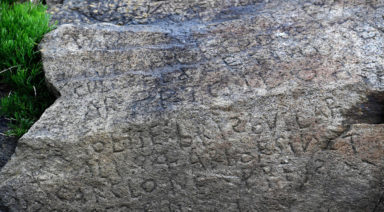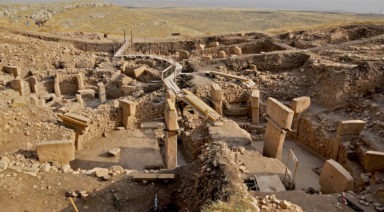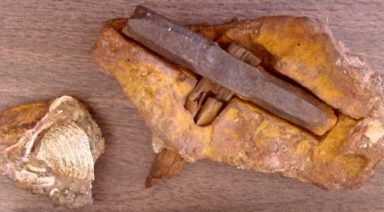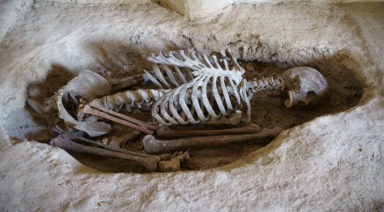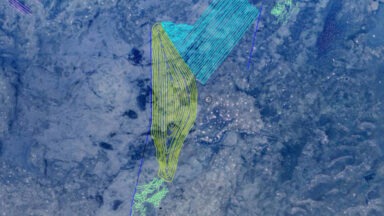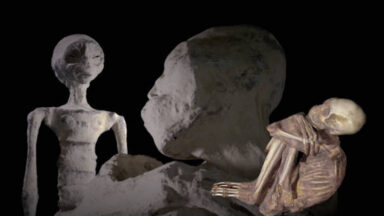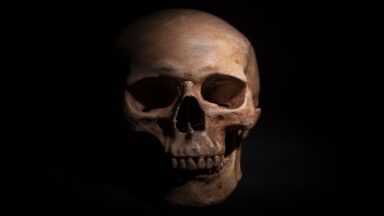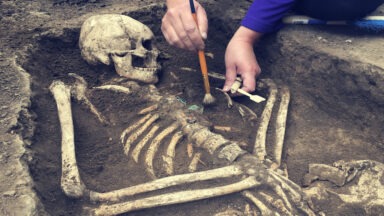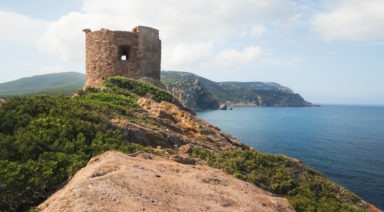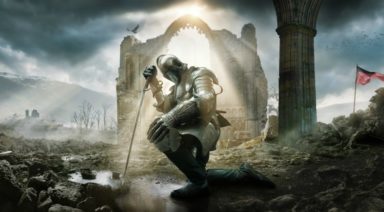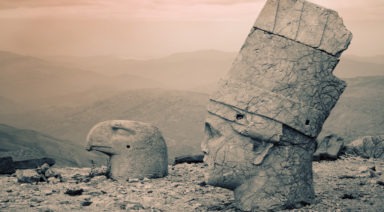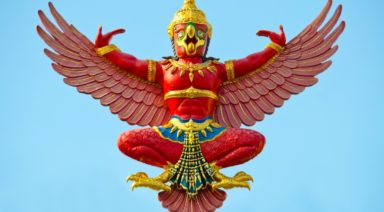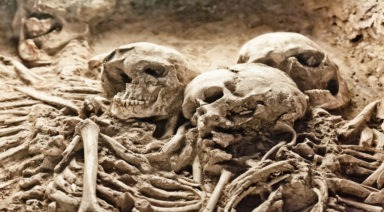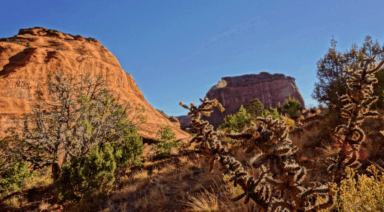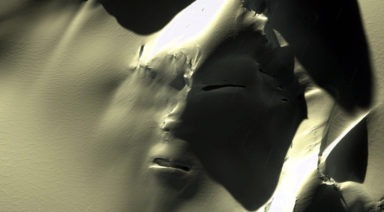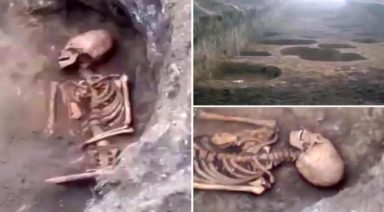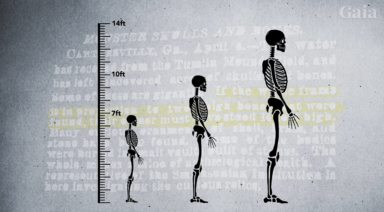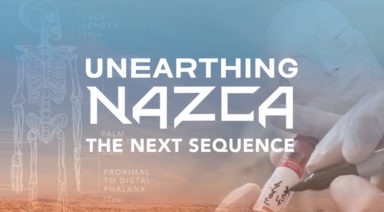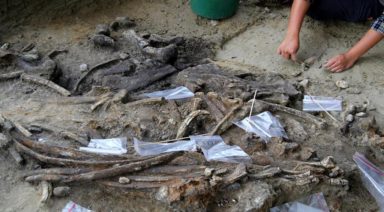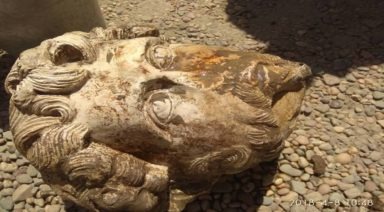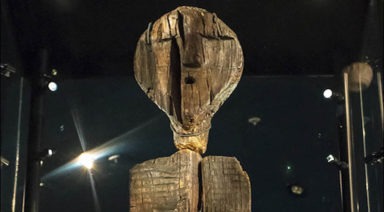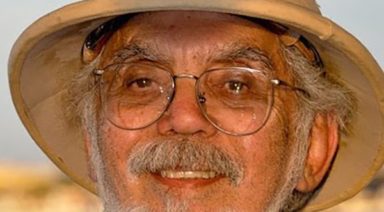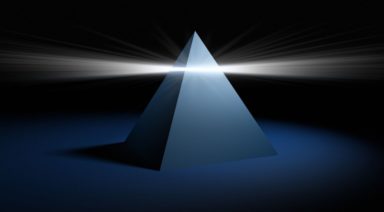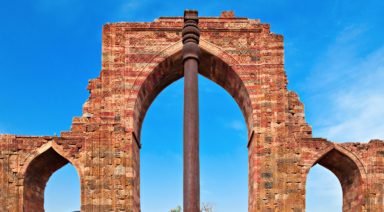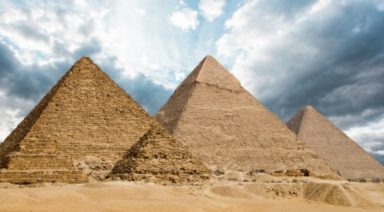What is the Tower of Babel?
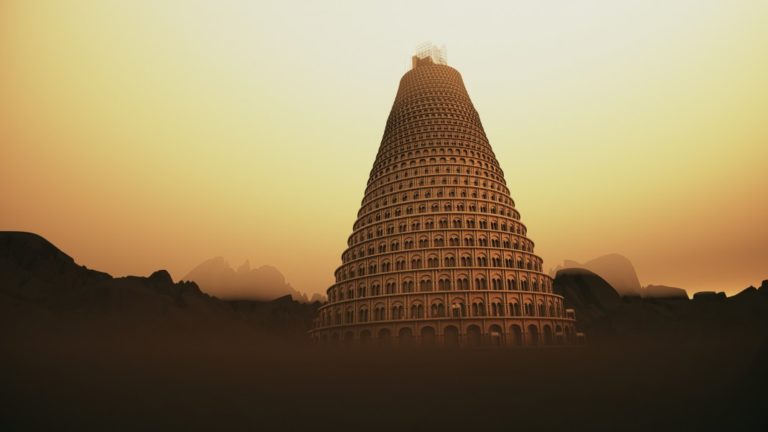
According to the famed parable in Genesis, the Tower of Babel was a structure designed to be tall enough to reach the heavens. This was much to God’s dismay, so as a consequence, he thwarted their plans by confusing their language and scattering the people around the world.
While there are similar stories from other cultures, the Genesis tale is perhaps the most well-known version. Is it merely a Bible parable, or is there some truth behind the story of the famed tower?
Location of the Tower of Babel
According to this particular story, the tower was built in a place called Shinar. While no one can be sure of its exact location, it’s generally believed Shinar was Babylonia, somewhere in Mesopotamia.
Evidence of the Tower of Babel
Aside from depictions in the Bible and similar stories, there had never been any evidence for the Tower of Babel’s existence until the discovery of a clay tablet in Iraq.
The tablet dates back to around 600 BCE and depicts the seven tiers of a ziggurat, along with a portrait of King Nebuchadnezzar II. The text is the most notable aspect of the tablet, which reads:
“NEBUCHADNEZZAR, KING OF BABYLON AM I – IN ORDER TO COMPLETE E-TEMEN-ANKI AND E-UR-ME-IMIN-ANKI I MOBILIZED ALL COUNTRIES EVERYWHERE, EACH AND EVERY RULER WHO HAD BEEN RAISED TO PROMINENCE OVER ALL THE PEOPLE OF THE WORLD – LOVED BY MARDUK, FROM THE UPPER SEA TO THE LOWER SEA, THE DISTANT NATIONS, THE TEEMING PEOPLE OF THE WORLD, KINGS OF REMOTE MOUNTAINS AND FAR-FLUNG ISLANDS – THE BASE I FILLED IN TO MAKE A HIGH TERRACE. I BUILT THEIR STRUCTURES WITH BITUMEN AND BAKED BRICK THROUGHOUT. I COMPLETED IT RAISING ITS TOP TO THE HEAVEN, MAKING IT GLEAM BRIGHT AS THE SUN”
The text explicitly states that Nebuchadnezzar spearheaded the initiative to build the tower, assembling people from around the world to construct it. The tower is referred to as “E-Temen-Anki” (often stylized as “Etemenanki”).
Etemenanki
Etemenanki is an ancient tower local inhabitants have long suspected to be the remains of the Tower of Babel, but there had been no evidence to support this theory until the discovery of the aforementioned clay tablet. The site was rediscovered in the 19th century by the local population and excavated in 1913 by Robert Koldewey.
Today, only some of the remains of Etemenanki are visible as much of the site is overgrown. However, it is believed to have been originally about 91 meters tall.
Tower of Babel: Fact or Fiction?
One can argue the story of the Tower of Babel isn’t entirely incredulous. People around the world built towering structures to honor their respective gods for centuries. The pyramids of Egypt, Teotihuacan, Chichen Itza, and similar structures throughout the world are all notable examples, along with the slew of towering temples scattered worldwide.
With this in mind, the idea of people collaborating to build a tower with the goal of reaching the heavens doesn’t seem that far fetched. Combine this with the evidence of Etemenanki, and there is quite a strong case for the existence of the Tower of Babel; however there always room for exploration.
Want more like this article?
Don’t miss Ancient Civilizations on Gaia to journey through humanity’s suppressed origins and examine the secret code left behind by our ancestors.
Were the Gods of the Sumerian Kings List Real?
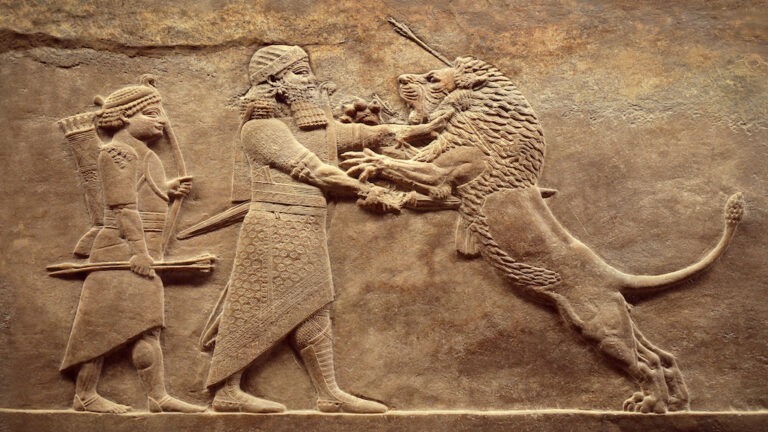
Our history books are continually being tested and challenged, but few discoveries have thrown a wrench into the officially accepted narrative of man’s origin like the DNA of Alfred Perry. Thanks to a chance submission of this one man’s blood to a genealogy laboratory, scientific theories of our species’ origin have been turned upside-down.
The story began in 2013, when a female relative of Alfred Perry, a South Carolina man, submitted a sample of his DNA to trace the family’s genetic roots. It turned out Perry’s DNA was not only rare, but it reset the entire timeline for human existence on this planet. Perry’s Y chromosome contained a signature unlike any other.
Y chromosomes represent the genetic factor that determines the male gender, and from Perry’s DNA, scientists were forced to admit that the common ancestor for his lineage was roaming the earth some 340,000 years ago. Previous to Perry’s DNA sample, scientists believed the origins of humankind traced to an original “Adam” somewhere around 140,000 years ago.
Perry’s DNA may support the theory that this planet has been home to earlier human civilizations that somehow became extinct—or nearly extinct—and that humanity may have been involved in a reboot, so to speak. This theory is supported by an ancient artifact known as The Sumerian Kings List—a written history of kingship in ancient Mesopotamia discovered in Sumerian cuneiforms.


